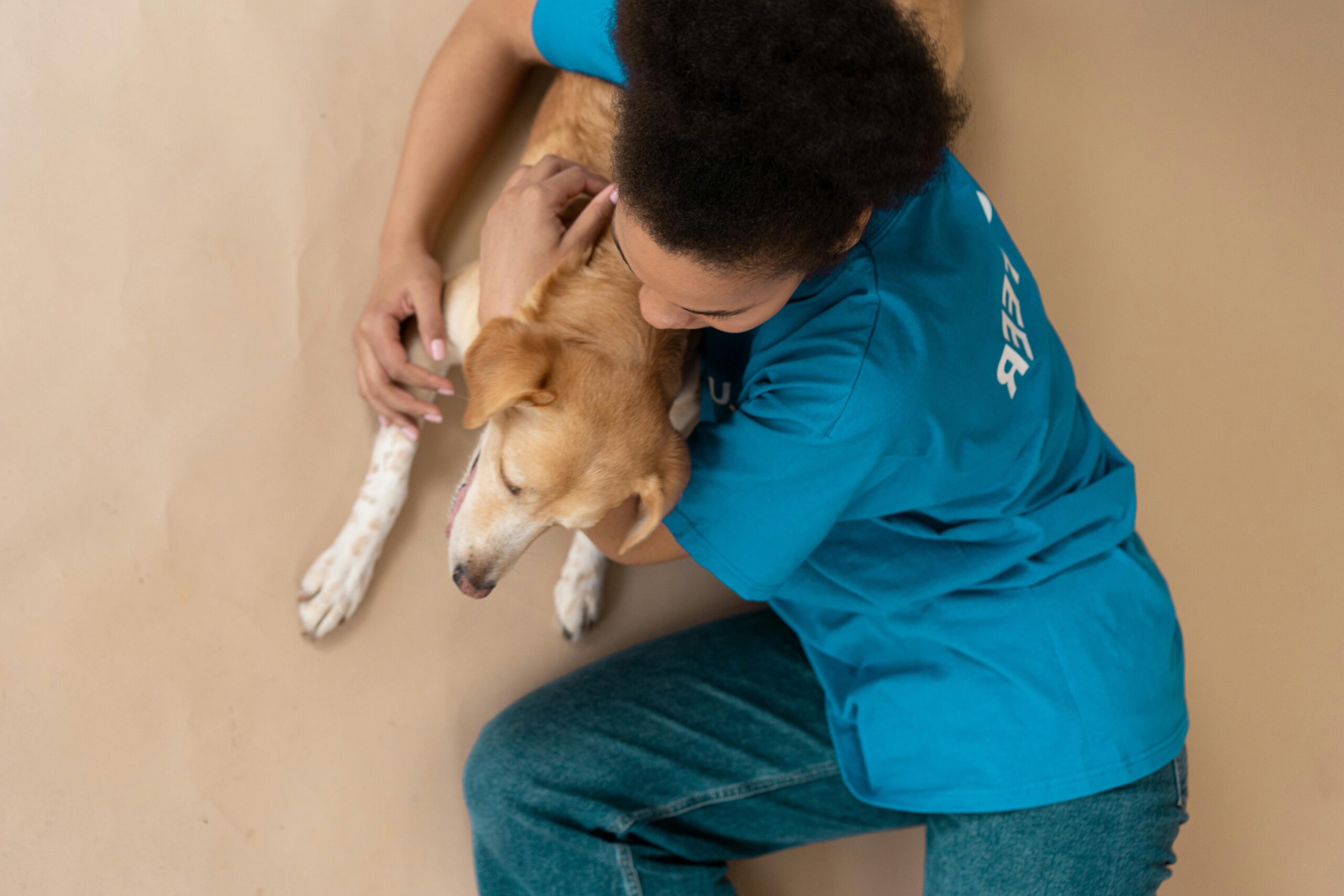“Ever felt overwhelmed by the thought of training your emotional support dog? Spoiler: It doesn’t have to be.”
If you’ve ever wondered what it takes to transform your furry friend into a certified emotional support powerhouse, you’re in the right place. Today, we’ll dive into everything you need to know about emotional support dog requirements. You’ll learn how to train them, common mistakes to avoid, and some brutally honest truths about the process (because let’s face it—training isn’t all tail wags and treats). Let’s get started!
Table of Contents
- Key Takeaways
- Why Emotional Support Dogs Matter
- Step-by-Step Guide to Training
- Top Tips for Success
- Real-Life Success Stories
- Frequently Asked Questions
Key Takeaways
- Training an emotional support dog requires consistency, patience, and understanding of ESA-specific needs.
- Legal requirements vary by location, but behavioral standards are universal.
- Avoid rushing the process; respect your dog’s individual learning pace.
Why Emotional Support Dogs Matter

Here’s a stat that’ll make you do a double-take: Studies show that interactions with therapy animals can reduce cortisol levels by up to 23%. Yep, science says your pup is basically a walking antidepressant. But here’s the catch—not every dog is cut out to be a rockstar emotional support animal (ESA).
Confession time: I once tried turning my excitable terrier into an ESA without proper training. Turns out, expecting him to sit still during panic attacks was like asking a toddler not to touch cookies. Lesson learned? Not every good boy or girl automatically qualifies as an ESA. Understanding both legal and practical emotional support dog requirements ensures they—and you—are prepared.
Step-by-Step Guide to Training

Optimist You:* “Let’s teach Fido to save the day!”
Grumpy You: *“Ugh, fine—but only if coffee’s involved.”*
Step 1: Assess Your Dog’s Temperament
Start by evaluating your dog’s personality. Are they calm under pressure? Do loud noises send them into orbit? If your pup freaks out at doorbells, consider working on desensitization first.
Step 2: Teach Basic Obedience Commands
Mastering “sit,” “stay,” “come,” and “leave it” creates a foundation for more advanced tasks. Think of these commands as their ABCs before writing essays.
Step 3: Socialize Your Dog
No, socializing isn’t just playdates and park visits—it’s exposing your dog to diverse environments so they stay chill no matter where life takes you.
Step 4: Introduce Task-Specific Training
This could mean teaching them to nuzzle you during anxiety episodes or fetch medication when needed. Tailor these skills to match your unique needs.
Top Tips for Success
- Be Consistent: Stick to routines and use clear verbal cues.
- Keep Sessions Short: Aim for 5–10 minutes per session to avoid burnout.
- Reward Progress: Positive reinforcement > punishment any day.
⚠️ Terrible Tip Alert ⚠️ Need a quick fix? Don’t even think about DIY certification kits online—they won’t prepare your dog properly. Save yourself heartache and invest time instead.
Real-Life Success Stories

Meet Bella, a rescue mutt turned ESA superstar. Her owner struggled with PTSD until she committed six months to obedience school and personalized training. Now? Bella senses stress spikes and intervenes flawlessly. Moral of the story? Patience pays off big-time.
Frequently Asked Questions
Do Emotional Support Dogs Need Special Certifications?
Nope! Unlike service dogs, ESAs don’t require certifications—but landlords may ask for documentation from a licensed therapist.
Can Any Breed Become an Emotional Support Dog?
In theory, yes. In reality, certain temperaments thrive better than others. Always prioritize suitability over breed stereotypes.
How Long Does Training Typically Take?
Basic obedience might take weeks, while specialized tasks could span several months. Remember: Quality over speed wins every time.
Conclusion
If there’s one thing I want you to remember, it’s this: Transforming your dog into an emotional support rockstar isn’t easy—but man, is it worth it. By mastering the essentials outlined above—assessing temperament, nailing obedience basics, and adding task-specific flair—you’ll create a bond stronger than peanut butter and jelly.
And hey, like dial-up internet paving the way for fiber optics, small progress adds up fast. So grab those snacks, summon your inner trainer, and embark on this rewarding journey together. Because nothing beats having your best friend double as your hero.
P.S. Speaking of heroes… “Four paws, endless love / A wagging tail saves lives / Like a Tamagotchi.” 🐾✨


